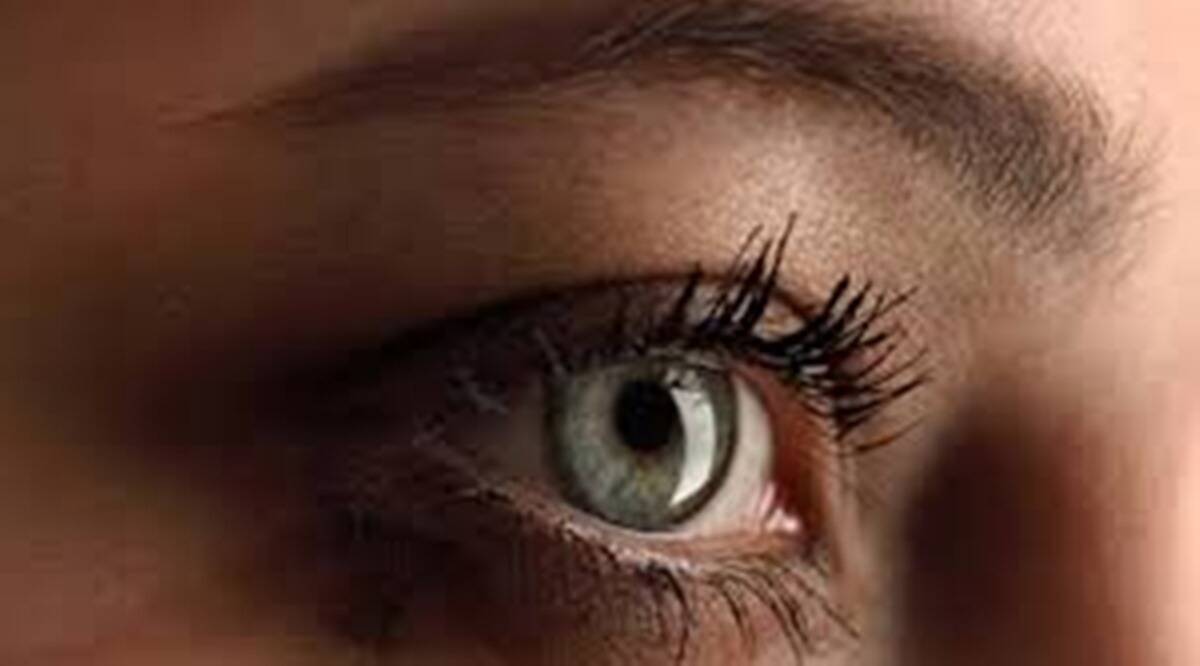August 13, 2022 4:34:36 pm
 To increase the number of transplantable corneas, the Eye Bank Association of India has trained HCRP counsellors to motivate and educate relatives of a deceased person.(Representational)
To increase the number of transplantable corneas, the Eye Bank Association of India has trained HCRP counsellors to motivate and educate relatives of a deceased person.(Representational)Written by Dr Manisha Aggarwala
Eye donation in India has changed dramatically over the last ten years. Previously, eye donation was viewed as a medical procedure which required a donor. Now, the success of the Hospital Corneal Retrieval Programme (HCRP) has meant that eye banks do not report shortages. Corneal blindness is the country’s second most common cause of blindness and a majority of cases are treatable.
To increase the number of transplantable corneas, the Eye Bank Association of India has trained HCRP counsellors to motivate and educate relatives of a deceased person. Technological advancements and state-of-the-art facilities at eye banks have paved the way for greater accuracy and the use of eye tissues with precision. Many surgeries have been introduced in recent years that utilise only a part of the cornea. This means one tissue extract can be used for more than one surgery.
Who can donate eyes?
Subscriber Only Stories
Anyone over the age of two can donate an eye. There is no age limit. People who wear spectacles, have had a cataract surgery, are diabetic or have high blood pressure can also donate their eyes. Before transferring the eye tissue, a detailed medical history is taken to avoid the transmission of severe infection to the recipient. Apart from that, any normal healthy person can make an eye donation pledge.
What is the correct time for harvesting eyes after death? Please explain the instructions for family members
Eye donation should be done within six to eight hours of death.
Following are some guidelines:
1) Close the eyes and place wet cotton over the lids (to keep cornea moist and healthy)
2) Turn off fans/ACs
3) Raise the head of deceased person with a pillow
4) Call 1919 to reach out to the nearest certified eye bank centre
5) 10 CC blood is taken from the eye donor for testing of HIV/Hepatitis B, C and Syphilis
6) Keep the death certificate of the deceased person ready
7) The removal process only takes about 20 minutes
8) No special accommodation is required
9) There is no disfigurement
10) Donated eyes are never sold or used in any other way
11) One eye donation can benefit two corneal blind persons
12) The eye donation is done with the written consent of the family
13) Cornea should be preserved for 96 hours
Who can give consent for an eye donation?
Families can also give consent for donation. It is most helpful if they know how you feel in advance. A donor card can serve as an indication to your family, your legal representative, and hospitals of your intention to be an eye donor. Registration can be done using forms found on the Bank Association of India’s website. One can sign up with eye banks nearby.
How do eye banks work?
Eye banks are affiliated with eye hospitals that have a trained corneal department, such as Shroff Charity Hospital, where trained corneal surgeons perform transplant surgery. Only HOTA (Human Organ Transplant Act)-approved corneal centres should be used for eye donation. For eyes, we now have a different regulation called the THOTA (Transplantation of Human Organs and Tissues Act).
How can one register for eye donation?
One can pledge one’s eyes by dialling 1919, a toll-free number that connects to the nearest registered eye bank in the country. Currently, India has approximately 760 registered eye banks, of which 250 are operational. Shroff has a dedicated eye bank that is NABH, EBAI, and Sightlife USA certified. It is one of India’s top ten performing eye banks, registered with the Delhi government.
How has the success of eye banks helped prevent avoidable blindness among the marginalized and vulnerable communities?
Corneal transplants have seen no rejection and are indeed improving lives in the hinterland. We have seen a high prevalence of eye problems in Tier II cities like Vrindavan, Lakhimpur Kheri, Saharanpur, Ranikhet and Meerut. If we have more centres in these areas with trained surgeons, we can save many from blindness
- The Indian Express website has been rated GREEN for its credibility and trustworthiness by Newsguard, a global service that rates news sources for their journalistic standards.

